This article was co-authored by Mark Co, DPM. Dr. Mark Co is a Podiatrist who runs his own private practice in San Francisco, California. Dr. Co specializes in treatments for bunions, ingrown toenails, toenail fungus, warts, plantar fasciitis and other causes of foot pain. He also offers custom orthotics for the treatment and prevention of foot and ankle issues. Dr. Co completed a Master of Business Administration (MBA) at New York University and an MA in Electrical Engineering and Computer Science at Johns Hopkins University. Dr. Co also completed his DPM at the California School of Podiatric Medicine and a residency and internship at the Kaiser Permanente Medical Center, Santa Clara, California. Dr. Co was awarded San Francisco's "Top 3 Podiatrists" in 2018, 2019, and 2020. Dr. Co is also a member of the CPMA (American Podiatric Medical Association).
There are 8 references cited in this article, which can be found at the bottom of the page.
This article has been viewed 33,232 times.
Fungal infections on your hands, feet, or nails are no fun. Our guide will show you how to treat some of the more common fungal ailments, and we also have tips about when you should see your doctor.
Steps
Using Topical Antifungal Treatments
-
1Purchase over-the-counter anti-fungal cream and ointments. If you have an infection of the skin or nails that affects only a small area and does not cause much irritation, you may consider trying over-the-counter treatments before seeing your doctor.[1] Buy topical antifungal treatments at your local pharmacy or drugstore. Keep in mind that these treatments often work better on skin than nails.[2]
-
2Wash your hands before and after using the treatment. Make sure your hands are as clean as possible before touching the affected area. Run warm water over hands and clean them with antibacterial soap. This can help prevent you from irritating your skin even further. Washing your hands after you touch the affected area can help prevent the infection from spreading elsewhere.Advertisement
-
3Follow the instructions on the treatment's label. Most topical antifungal treatments need to be applied directly to the infected area. Refer to the instructions on the label of your treatment to ensure that you use it correctly. In most cases, place a small amount of cream or ointment on your fingers and rub it directly onto the infected area.[3]
- Do not use topical treatments more than the product’s label directs you to, unless your doctor has told you otherwise.
-
4Let the cream or ointment dry before putting on socks or shoes. You want to make sure the treatment absorbs into your skin or nail rather than any fabric around your foot. Avoid taking a bath or shower immediately after applying the treatment.
-
5Stop using the treatment if you have adverse side effects. If the cream or ointment you’re using gives you a rash or seems to make your condition worse, stop using it immediately. Contact your doctor if the side effects don’t go away in a few days.
-
6See your doctor if over-the-counter remedies don’t help. If your symptoms don’t improve within 2 weeks, seek medical attention. Seek medical attention immediately if your infection spreads or starts to cause greater irritation. In most cases, your doctor will prescribe stronger antifungal medication. Use this prescription medication only as directed.[4]
Taking Antifungal Medication
-
1See your doctor if you think you might have a fungal infection. Fungal infections of the skin can produce rashes, irritation, or discoloration. Fungal infections of the nails often make nails look yellow and brittle. Other types of fungal infections can seem like more common illnesses, such as bronchitis or the flu. Seek medical attention for any persistent symptoms, especially if you have a weakened immune system.[5]
-
2Pick up your prescription from your local pharmacy. In most cases, your healthcare provider will prescribe antifungal medication that you can take at home, like fluconazole. Fill this prescription at a drugstore or pharmacy of your choosing.[6]
- If you have a severe fungal infection, like meningitis, you may be admitted to the hospital, where you will be given antifungal medication intravenously. This happens only in rare cases.[7]
-
3Follow your doctor’s orders carefully. Your doctor will most likely give you instructions when they prescribe medication to you. Only use prescription antifungal medication as your doctor directs you to. If you have forgotten your doctor’s instructions, call their office and ask how you should take the medicine.[8]
- If your doctor does not give you specific instructions, follow the instructions that come with the medication.
- Your pharmacist should also be able to tell you how to take your specific medication.
-
4Take one pill each day in most cases. Usually, your doctor will direct you to take one pill a day. Take the pill either with or without food. Take the pill at the same time each day if possible. Choose a time that is most convenient for you.[9]
- Try setting an alarm or a phone notification for yourself to help you remember to take your pill at the right time.
-
5Avoid taking a double dose even if you missed one. Try never to miss a dose. If you do miss a dose one day, don’t take 2 doses the next day, unless your doctor tells you otherwise.[10]
-
6Contact your doctor if you have severe side effects. Severe side effects of antifungal medication can include nausea, vomiting, unusual bruising or bleeding, and loss of energy. If you experience any of these, stop taking the pill and call your doctor’s office. Your doctor may adjust your dosage or prescribe a different antifungal drug.[11]
-
7Schedule follow-up appointments with your doctor as required. In many cases, you will need to take antifungal drugs for several weeks or months. Your doctor may ask you to come back to their office so they can check in to see how the treatment is progressing. You may also be asked to take a blood test so your doctor can ensure that the drugs are not harming your liver.[12]
- Always follow your doctor’s instructions about scheduling follow-up appointments.[13]
-
8Stop taking the medication when your doctor says all symptoms are gone. Your doctor will monitor the infection during follow-up appointments and let you know when you no longer have to take the antifungal medication.[14]
Trying Natural Remedies
-
1Apply tea tree oil to infected skin twice a day. Purchase tea tree oil at your local pharmacy or drugstore. Wash your hands with warm, soapy water, then apply 3-5 drops of oil directly to the affected area of your skin. Apply it once in the morning and once at night. Let it absorb into your skin before bathing or covering the area with clothes.[15]
- Tea tree oil can be especially effective in treating athlete’s foot. However, it has not been proven to be effective in treating infections of the nails.[16]
-
2Soak the affected area in a vinegar mixture once a day. Mix 1 part vinegar with 2 parts water in a clean bowl or foot basin. Soak the affected area for 10-15 minutes once a day. It may take 2-3 weeks to see improvement in your condition. Vinegar soaks work particularly well for athlete’s foot and mild cases of nail infections.[17]
-
3Apply snakeroot leaf extract to the affected area. Purchase this extract online, as not all drugstores carry it. Apply it by using the dropper to put the liquid directly on the skin. Then, rub the liquid into your skin. Use the extract for 3 months to get the best results. Apply it 3 times a week the first month, 2 times a week the second month, and just 1 time a week the last month.[18]
- Wash your hands before and after each use and let it absorb completely into the skin.
- Snakeroot leaf extract works especially well on athlete’s foot and mild cases of nail fungus.
References
- ↑ Mark Co, DPM. Podiatrist. Expert Interview. 21 April 2020.
- ↑ https://www.cdc.gov/fungal/nail-infections.html
- ↑ https://www.cdc.gov/fungal/nail-infections.html
- ↑ https://www.cdc.gov/fungal/nail-infections.html
- ↑ https://www.nhs.uk/conditions/antifungal-medicines/
- ↑ Mark Co, DPM. Podiatrist. Expert Interview. 21 April 2020.
- ↑ https://www.cdc.gov/meningitis/fungal.html
- ↑ https://medlineplus.gov/druginfo/meds/a690002.html
- ↑ https://medlineplus.gov/druginfo/meds/a690002.html
- ↑ https://medlineplus.gov/druginfo/meds/a690002.html
- ↑ https://medlineplus.gov/druginfo/meds/a690002.html
- ↑ https://medlineplus.gov/druginfo/meds/a690002.html
- ↑ https://medlineplus.gov/druginfo/meds/a690002.html
- ↑ https://medlineplus.gov/druginfo/meds/a690002.html
- ↑ https://www.drugs.com/mca/tea-tree-oil
- ↑ https://www.drugs.com/mca/tea-tree-oil
- ↑ https://www.healthline.com/health/how-to-make-a-vinegar-foot-soak#for-athletes-foot
- ↑ https://www.aafp.org/afp/2013/1201/p762.html
About This Article
To kill fungus on your skin or nails, try applying an over-the-counter anti-fungal cream for minor infections. You can also try applying 4 drops of tea tree oil to the area and letting it absorb fully before bathing or getting dressed. Alternatively, soak the affected area in a solution of 1 part vinegar to 2 parts water for 15 minutes daily until the fungal infection starts to improve. If you have a severe infection, or if you don’t see any improvement with these remedies, make an appointment to see your doctor. For more advice, including how to spot the signs of a fungal infection, read on!
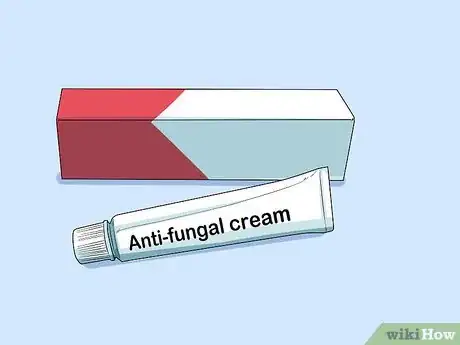

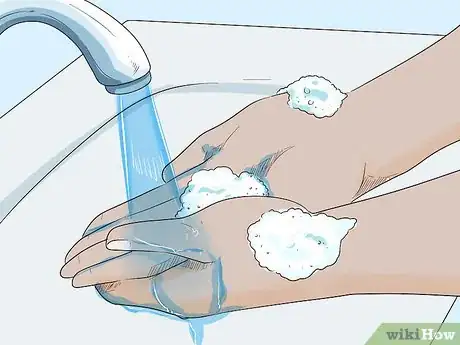
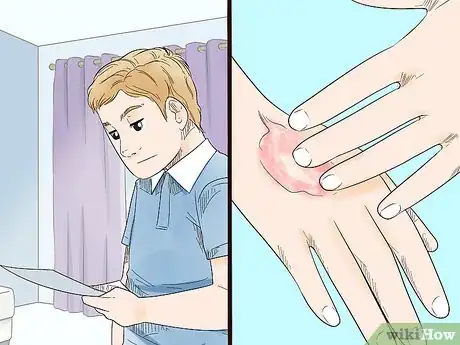
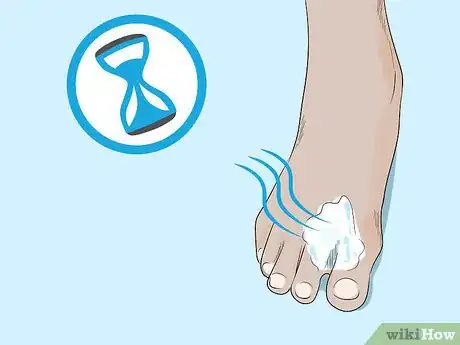
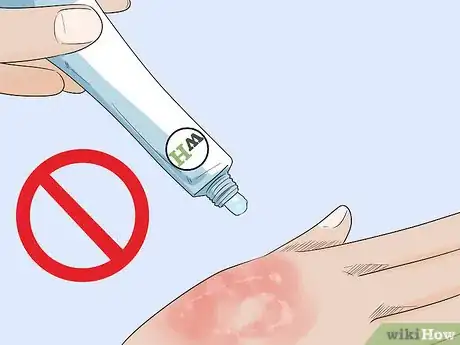

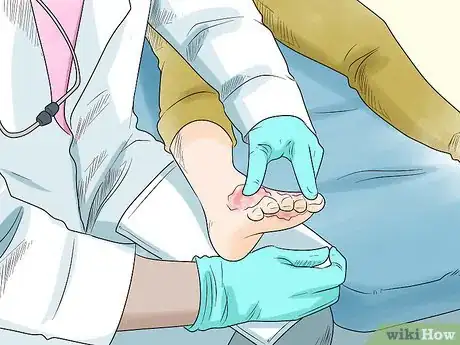
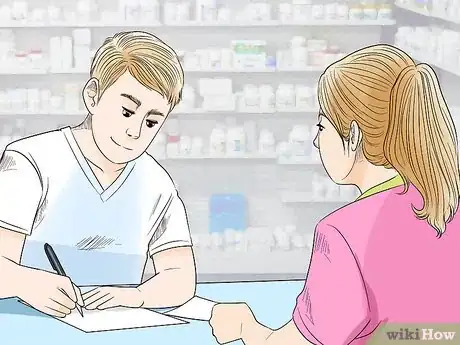
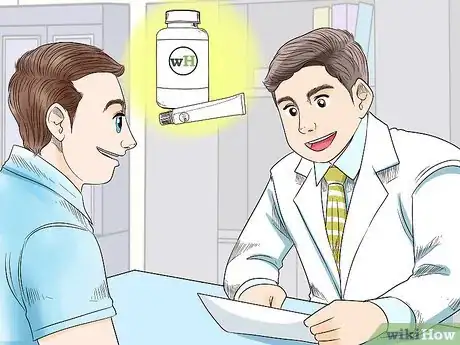
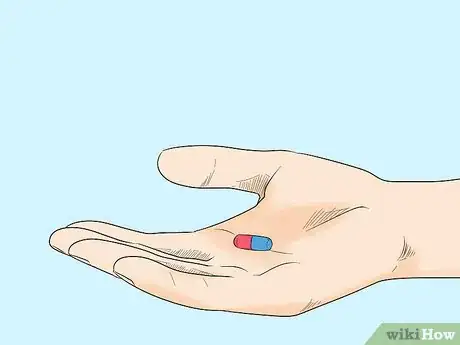
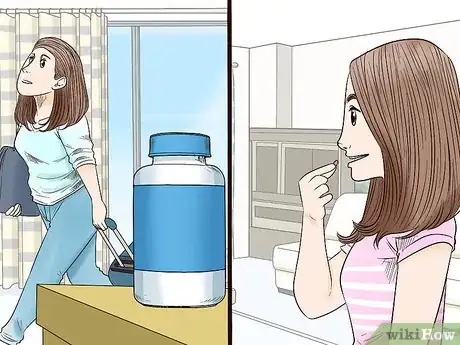
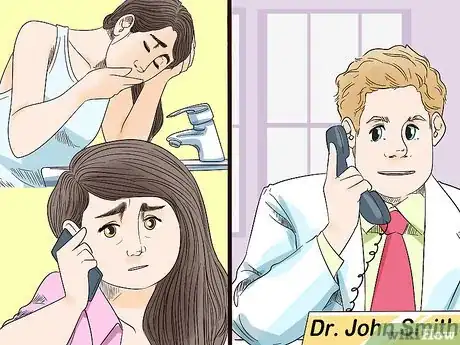

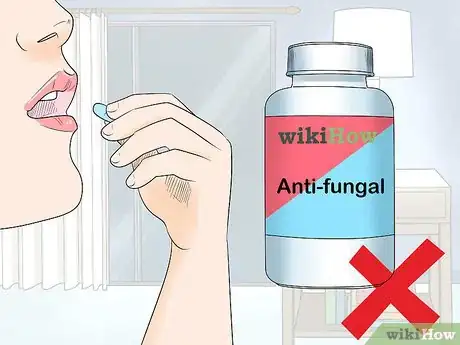

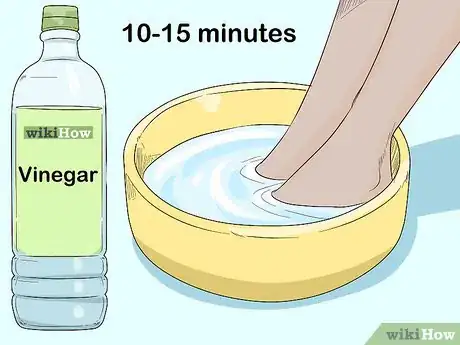
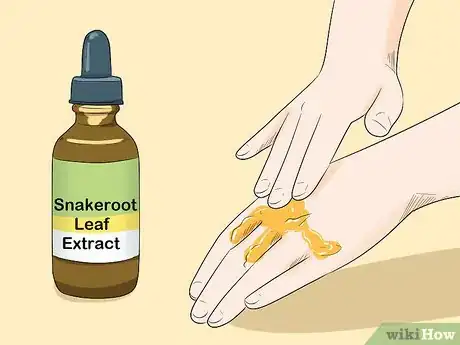
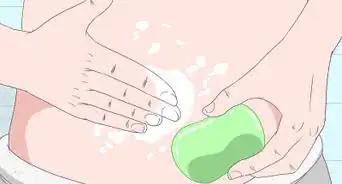
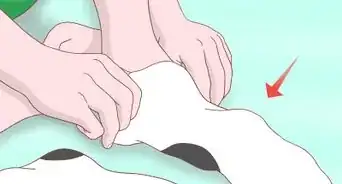

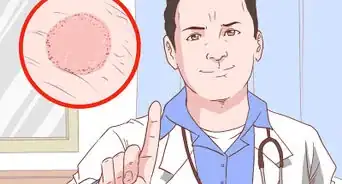





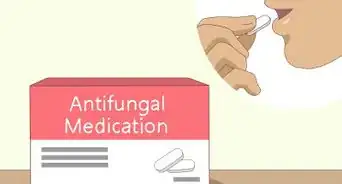
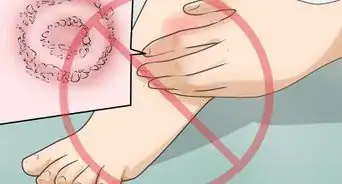
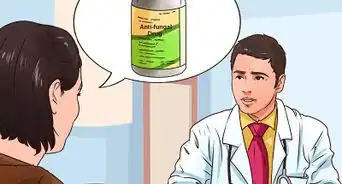

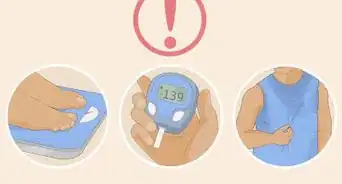






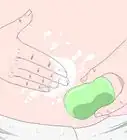
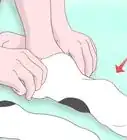

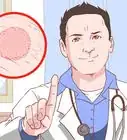



































Medical Disclaimer
The content of this article is not intended to be a substitute for professional medical advice, examination, diagnosis, or treatment. You should always contact your doctor or other qualified healthcare professional before starting, changing, or stopping any kind of health treatment.
Read More...